





Powerfront to Miva merchant
Migrating your store from Powerfront to Miva merchant might seem daunting, but with proper planning and the right tools, it's a smooth process. Follow this step-by-step guide to ensure a successful transition.
Schedule a call
Step-by-Step Migration Guide: Powerfront to Miva Merchant migration guide
Step 1: Preparing for Migration
In this first step, we establish a solid foundation for the migration process by backing up existing data and reviewing platform requirements.
Step 2: Data Extraction from Powerfront
This step involves extracting all relevant data from Powerfront, which is essential for a successful migration to Miva Merchant.
Step 3: Formatting Data for Miva Merchant
In this step, we will format the extracted data to meet Miva Merchant's import specifications, ensuring compatibility.
Step 4: Setting Up Miva Merchant Environment
In this critical step, we set up your Miva Merchant environment, preparing it for the data import and store configuration.
Step 5: Importing Data into Miva Merchant
This step centers around the actual data import into Miva Merchant, where we transfer all prepared data from Powerfront.
Step 6: Customizing Your Miva Merchant Store
In this step, we focus on customizing the look and feel of your Miva Merchant store to align with your brand identity.
Step 7: Testing and Launching Your Miva Merchant Store
The final preparatory step involves rigorous testing of your Miva Merchant store before launching it for public access.
Power Your Step - Get in Touch
Contact PowerCommerce to leverage our expertise in migrations and ensure a seamless transition to Miva Merchant.
Step 1: Preparing for Migration
Before diving into the migration process, it's crucial to prepare adequately. This step involves creating backups of your current Powerfront store and reviewing Miva Merchant's platform requirements. Ensuring data integrity during migration is paramount, as it guarantees that your existing customer, product, and order data remain intact.
The first objective is to back up your entire Powerfront store. This includes databases, media files, and configurations. Having a reliable backup minimizes risks associated with data loss during migration. Additionally, we will review Miva Merchant’s technical requirements, ensuring that your current store data can seamlessly transition to the new platform.
- Backup Data:
- Export your product data, customer information, and order history from Powerfront.
- Download all media files associated with your products.
- Document your current store settings and configurations.
- Review Miva Merchant Requirements:
- Ensure your hosting environment meets Miva's specifications.
- Check for any specific data format requirements for product and customer information.
Taking these steps will set a strong foundation for a successful migration.
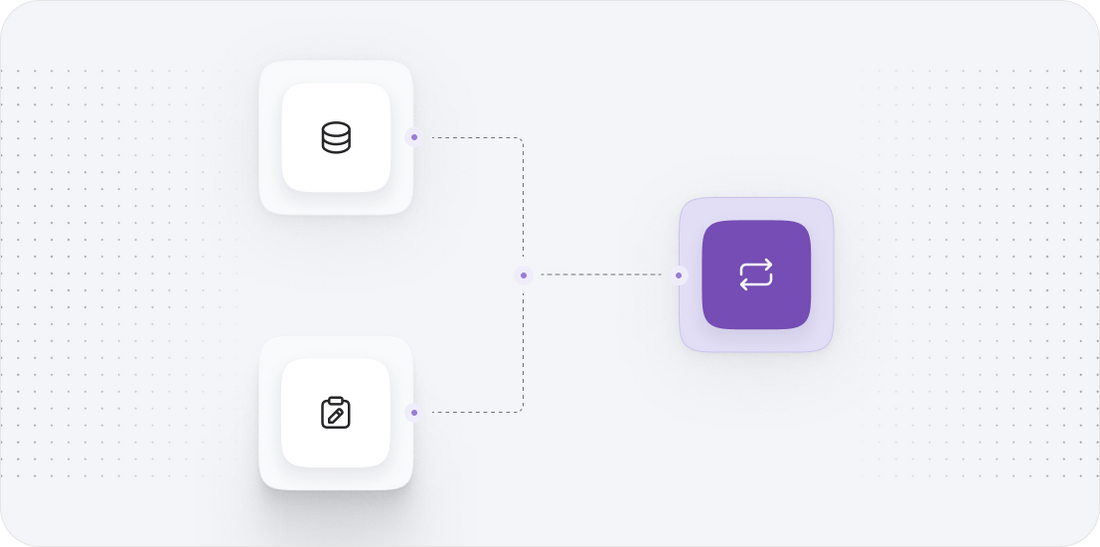
Step 2: Data Extraction from Powerfront
Once the preparation phase is complete, we move to the next critical step: extracting data from Powerfront. This involves retrieving all essential information such as products, customers, orders, and any other relevant data that needs to be migrated to Miva Merchant. Accurate data extraction ensures that your new store maintains continuity and retains valuable historical information.
We will use Powerfront’s export functionalities to generate CSV files for each data category. It is essential to ensure that the format adheres to Miva Merchant’s import requirements to facilitate a smooth transition.
- Data Extraction Steps:
- Log in to your Powerfront admin panel.
- Navigate to the sections for Products, Customers, and Orders.
- Select the option to export each category to CSV files.
- Review the CSV files for completeness and accuracy.
- Data Mapping:
- Map the fields in your CSV files to the corresponding fields required by Miva Merchant.
- Ensure that all mandatory fields are included in the export.
With your data successfully extracted, you are now ready to format it for Miva Merchant.

Step 3: Formatting Data for Miva Merchant
After successfully extracting your data from Powerfront, the next step is formatting this data to meet Miva Merchant's requirements. This involves adjusting the structure of your CSV files, ensuring that they align with the fields and data types that Miva expects.
Proper formatting is essential, as it prevents errors during the import process and guarantees that all data is accurately represented in your new store.
- Formatting Steps:
- Open the exported CSV files in a spreadsheet application like Excel or Google Sheets.
- Adjust the column headers to match Miva Merchant’s required field names.
- Ensure data types (e.g., numeric, text) are consistent with Miva's specifications.
- Check for any missing or incomplete data that may need to be filled in prior to import.
- Validation:
- Run a validation check on the formatted CSV files.
- Utilize Miva Merchant’s data import tool to test the files before the full import.
By thoroughly formatting and validating your data, you enhance the chances of a successful import into Miva Merchant.

Step 4: Setting Up Miva Merchant Environment
With your data properly formatted, we now focus on setting up your Miva Merchant environment. This step is essential for ensuring that the platform is ready to accept the data from Powerfront and that all necessary configurations are in place to optimize performance.
The setup process includes creating a new store in Miva Merchant, configuring payment gateways, and setting up shipping options. It's important to ensure that these settings align with your business needs and customer expectations.
- Miva Merchant Setup Steps:
- Log in to your Miva Merchant admin panel.
- Create a new store by navigating to the Store Setup section.
- Configure your store settings, including currency, tax settings, and business information.
- Payment and Shipping Configuration:
- Set up your payment gateways by selecting from the available options provided by Miva.
- Configure shipping methods and rates based on your business model.
By meticulously setting up your Miva Merchant environment, you lay the groundwork for a successful import of your existing store data.
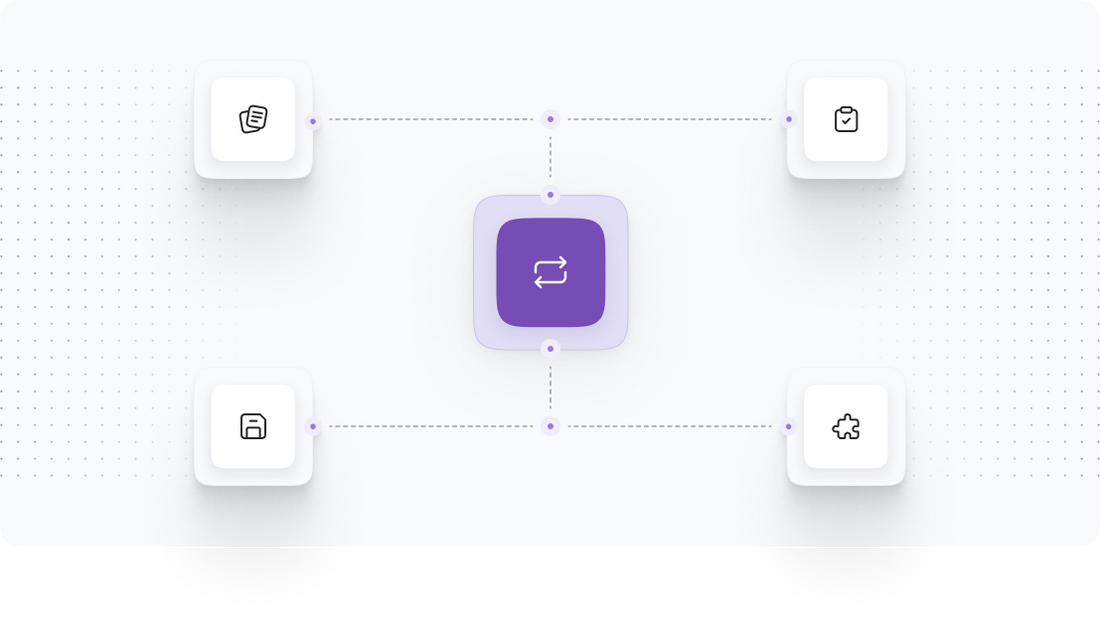
Step 5: Importing Data into Miva Merchant
Now that your Miva Merchant environment is configured, we can proceed with the data import. This step is crucial as it involves transferring all the formatted data from Powerfront into your new Miva store. A successful import means that your products, customers, and orders will be accurately reflected in the new environment.
Miva Merchant offers a robust import tool that simplifies this process, enabling you to upload your CSV files directly into the system.
- Data Import Steps:
- Navigate to the Import/Export section of the admin panel.
- Select the appropriate import type (Products, Customers, Orders).
- Upload the corresponding formatted CSV files for each category.
- Run the import process and monitor for any errors or warnings during the upload.
- Post-Import Validation:
- Once the import is complete, review the data in Miva Merchant to ensure accuracy.
- Check for any discrepancies or missing data points that might need attention.
Completing this step successfully means your store is now populated with the necessary data to operate effectively on Miva Merchant.
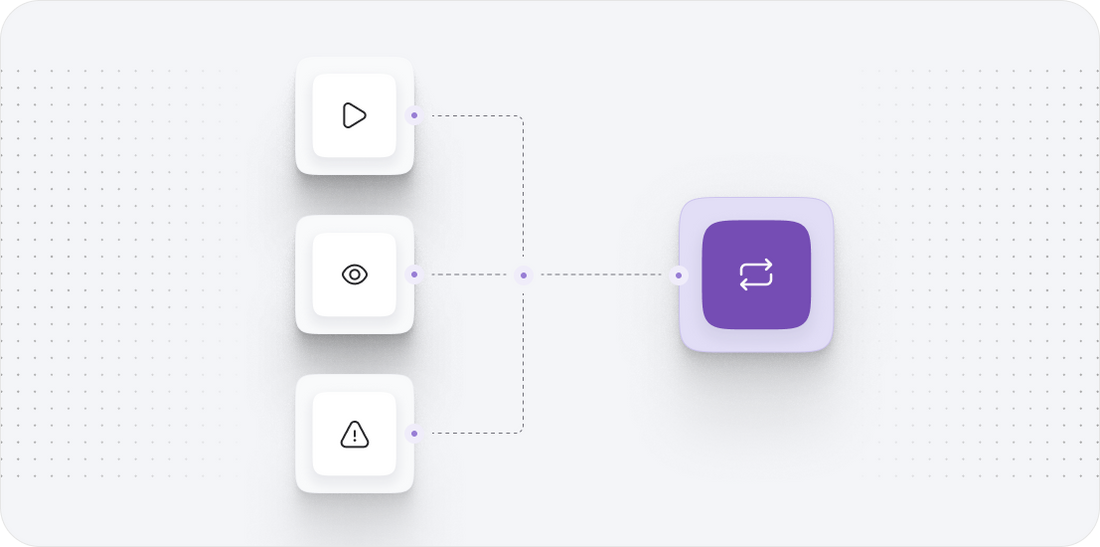
Step 6: Customizing Your Miva Merchant Store
With all your data successfully imported into Miva Merchant, the next step is to customize your store's appearance. This is where you can align the design and functionality of your store with your brand identity, ensuring a seamless shopping experience for your customers.
Miva Merchant provides a variety of customization options, from templates to the ability to edit HTML and CSS. Leveraging these tools allows you to create a unique storefront that reflects your brand’s ethos.
- Customization Steps:
- Select a template that closely matches your desired layout from Miva's theme library.
- Utilize Miva's built-in editor to make adjustments to colors, fonts, and layouts.
- For advanced customization, access the HTML and CSS sections to modify templates directly.
- Enhancing User Experience:
- Integrate navigation menus to improve site usability.
- Set up product categories and filters to aid customers in finding products easily.
Tailoring your store’s design is key to attracting and retaining customers, making this step vital in your migration journey.
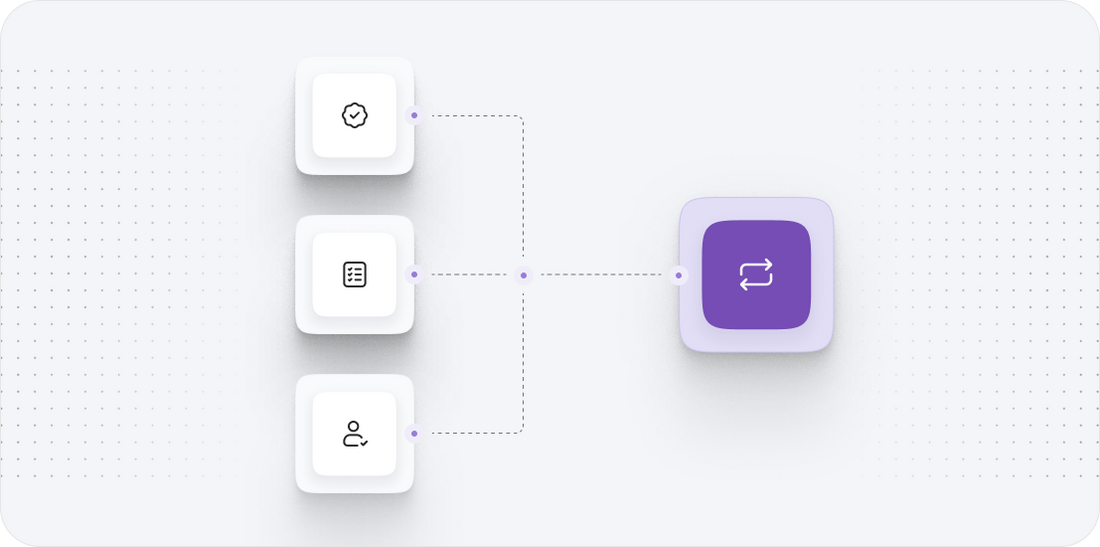
Step 7: Testing and Launching Your Miva Merchant Store
Before officially launching your new Miva Merchant store, it’s essential to conduct thorough testing. This step helps identify any potential issues that could affect customer experience and ensures that all functionalities operate as intended.
Testing should encompass every aspect of the store, from product listings and checkout processes to payment processing and responsiveness across devices.
- Testing Procedures:
- Conduct usability tests to ensure the site is easy to navigate.
- Test the checkout process to confirm that it functions smoothly without errors.
- Verify payment gateway integrations to ensure transactions are processed correctly.
- Check for responsiveness by testing the site on various devices and browsers.
- Final Preparations:
- Ensure that all SEO settings are configured to optimize search visibility.
- Set up Google Analytics or other tracking tools to monitor site performance post-launch.
Once all testing is complete and any necessary adjustments are made, you’ll be ready to launch your Miva Merchant store and welcome customers!
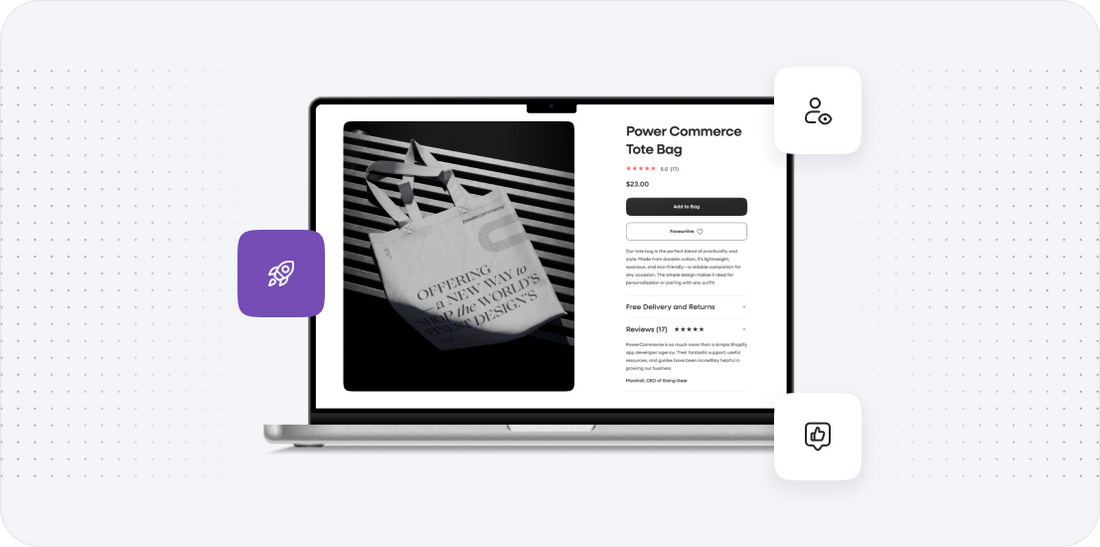
Power Your Step - Get in Touch
If you're ready to take the next step in your ecommerce journey, we invite you to reach out to PowerCommerce! Our team of experts is here to support you through every phase of your migration from Powerfront to Miva Merchant, ensuring a smooth and successful transition.
By partnering with us, you can take advantage of our extensive experience in ecommerce migrations, advanced technologies, and customer-centric approach. Our goal is to minimize downtime and maximize performance, empowering your business to thrive.
- Visit our contact page to fill out our inquiry form.
- Call us directly at 800-099-9090 for immediate assistance.
- Email us at info@powercommerce.com to discuss your migration needs.
With our commitment to innovation, scalability, and integrity, you can trust PowerCommerce to guide you through a successful migration process.
Stay aligned on what's happening in the commerce world
Trusted by 1000+ innovative companies worldwide
Schedule Your Migration Today
For businesses prioritizing simplicity, scalability, and robust support, Shopify is the clear winner.
Looking to migrate without hassle? Power Commerce can handle the entire process, ensuring smooth data transfer, store setup, and post-launch success.
Marka Marulića 2, Sarajevo, 71000 BiH
00387 60 345 5801
info@powercommerce.com


